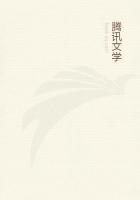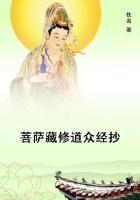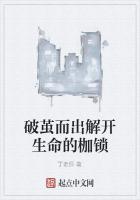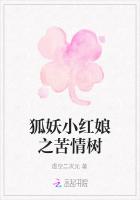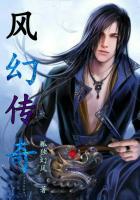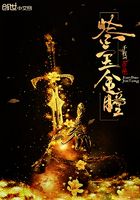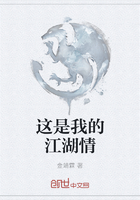Still another poisonous species is the HEMLOCK WATER-PARSNIP(Sium cicutaefolium), found in swampy places throughout Canada and the United States from ocean to ocean.The compound, long-rayed umbels of small white flowers, fringy-bracted below, which measure two or three inches across; the extremely variable pinnate leaves, which may be divided into from three to six pairs of narrow and sharply toothed leaflets (or perhaps the lower long-stalked ones as finely dissected as a wild carrot leaf where they grow in water), and the stout, grooved, branching stem, from two to six feet tall, are its distinguishing characteristics.In these umbels it will be noticed there are far more hermaphrodite, or two-***ed, florets (maturing their anthers first), than there are male ones; consequently quantities of unwelcome seed are set with the help of small bees, wasps, and flies, which receive generous entertainment from July to October.
The MOCK BISHOP'S-WEED (Ptilimnium capillaceum), a slender, delicate, dainty weed found chiefly in saltwater meadows from Massachusetts to Florida and around the Gulf coast to Texas, has very finely dissected, fringy leaves and compound umbels two to four inches across, of tiny white florets, with threadlike bracts below.It blooms throughout the summer.
FLOWERING DOGWOOD
(Cornus florida) Dogwood family Flowers - (Apparently) large, white or pinkish, the four conspicuous parts simulating petals, notched at the top, being really bracts of an involucre below the true flowers, clustered, in the center, which are very small, greenish yellow, 4-parted, perfect.Stem: A large shrub or small tree, wood hard, bark rough.Leaves: Opposite, oval, entire-edged, petioled, paler underneath.Fruit: Clusters of egg-shaped scarlet berries, tipped with the persistent calyx.
Preferred Habitat - Woodlands rocky thickets, wooded roadsides.
Flowering Season - April-June.
Distribution - Maine to Florida, west to Ontario and Texas.
Has Nature's garden a more decorative ornament than the flowering dogwood, whose spreading flattened branches whiten the woodland borders in May as if an untimely snowstorm had come down upon them, and in autumn paint the landscape with glorious crimson, scarlet, and gold, dulled by comparison only with the clusters of vivid red berries among the foliage? Little wonder that nurserymen sell enormous numbers of these small trees to be planted on lawns.The horrors of pompous monuments, urns, busts, shafts, angels, lambs, and long-drawn-out eulogies in stone in many a cemetery are mercifully concealed in part by these boughs, laden with blossoms of heavenly purity.
"Let dead names be eternized in dead stone, But living names by living shafts be known.
Plant thou a tree whose leaves shall sing Thy deeds and thee each fresh, recurrent spring."Fit symbol of immortality! Even before the dogwood's leaves fall in autumn, the round buds for next year's bloom appear on the twigs, to remain in consoling evidence all winter with the scarlet fruit.When the buds begin to swell in spring, the four reddish-purple, scale-like bracts expand, revealing a dozen or more tiny green flowers clustered within for the large, white, petal-like parts, with notched, tinted, and puckered lips, into which these reddish bracts speedily develop, and which some of us have mistaken for a corolla, are not petals at all - not the true flowers - merely appendages around the real ones, placed there, like showy advertisements, to attract customers.Nectar, secreted in a disk on each minute ovary, is eagerly sought by little Andrena and other bees, besides flies and butterflies.Insects crawling about these clusters, whose florets are all of one kind, get their heads and undersides dusted with pollen, which they transfer as they suck.Hungry winter birds, which bolt the red fruit only when they can get no choicer fare, distribute the smooth, indigestible stones far and wide.
When the Massachusetts farmers think they hear the first brown thrasher in April advising them to plant their Indian corn, reassuringly calling, "Drop it, drop it - cover it up, cover it up - pull it up, pull it up, pull it up" (Thoreau), they look to the dogwood flowers to confirm the thrasher's advice before taking it.
The LOW or DWARF CORNEL, or BUNCHBERRY (C.canadensus) whose scaly stem does its best to attain a height of nine inches, bears a whorl of from four to six oval, pointed, smooth leaves at the summit.From the midst of this whorl comes a cluster of minute greenish florets, encircled by four to six large, showy, white petal-like bracts, quite like a small edition of the flowering dogwood blossom.Tight clusters of round berries, that are lifted upward on a gradually lengthened peduncle after the flowers fade (May-July), brighten with vivid touches of scarlet shadowy, mossy places in cool, rich woods, where the dwarf cornels, with the partridge vine, twin flower, gold thread, and fern, form the most charming of carpets.

